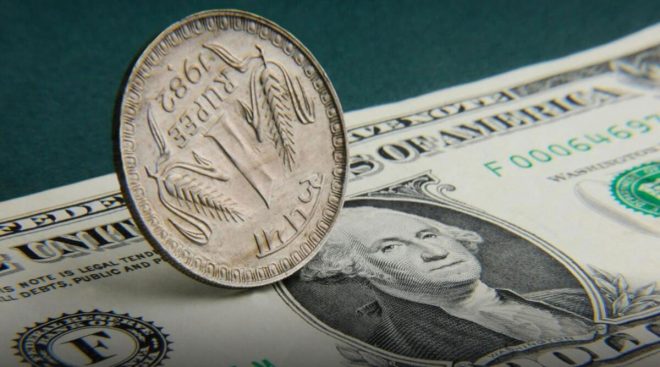During the latest week, India’s foreign currency assets (FCA), the biggest component of the forex reserves, rose by USD 8.21 billion to USD 562.352 billion, the central bank’s weekly statistical data showed.
Foreign exchange reserves rose by USD 10.470 billion to USD 636.095 billion in the week that ended on March 8, as per the latest data released by the Reserve Bank of India (RBI).
Read More: SIP vs SWP: What is the difference? Know through examples
The foreign exchange kitty rose for a third straight week to hit an over two-year high.
Before March 8 week, the foreign exchange reserves rose by USD 6.554 billion to USD 625.626 billion, data showed.
During the latest week, India’s foreign currency assets (FCA), the biggest component of the forex reserves, rose by USD 8.21 billion to USD 562.352 billion, the central bank’s weekly statistical data showed.
Gold reserves during the week declined USD 2.299 billion to USD 50.716 billion.
Read More: National Savings Certificate: Know the latest NSC interest rate for April-June 2024 quarter
In the calendar year 2023, the RBI added about USD 58 billion to its foreign exchange kitty. In 2022, India’s forex kitty slumped by USD 71 billion cumulatively.
Forex reserves or foreign exchange reserves (FX reserves), are assets that are held by a nation’s central bank or monetary authority.
It is generally held in reserve currencies, usually the US Dollar and, to a lesser degree, the Euro, Japanese Yen, and Pound Sterling.
In October 2021, the country’s foreign exchange reserves touched an all-time high of about USD 645 billion. Much of the decline, though marginal on a cumulative basis, since then can be attributed to a rise in the cost of imported goods in 2022.
Read More: Open-ended Vs Close-ended Mutual Fund: Which fund is good for investment?
Also, the relative fall in forex reserves could be linked to the RBI’s intervention, from time to time, in the market to defend the uneven depreciation in the rupee against a surging US dollar.
Typically, the RBI, from time to time, intervenes in the market through liquidity management, including through the selling of dollars, to prevent a steep depreciation in the rupee.
The RBI closely monitors the foreign exchange markets and intervenes only to maintain orderly market conditions by containing excessive volatility in the exchange rate, without reference to any pre-determined target level or band.





































